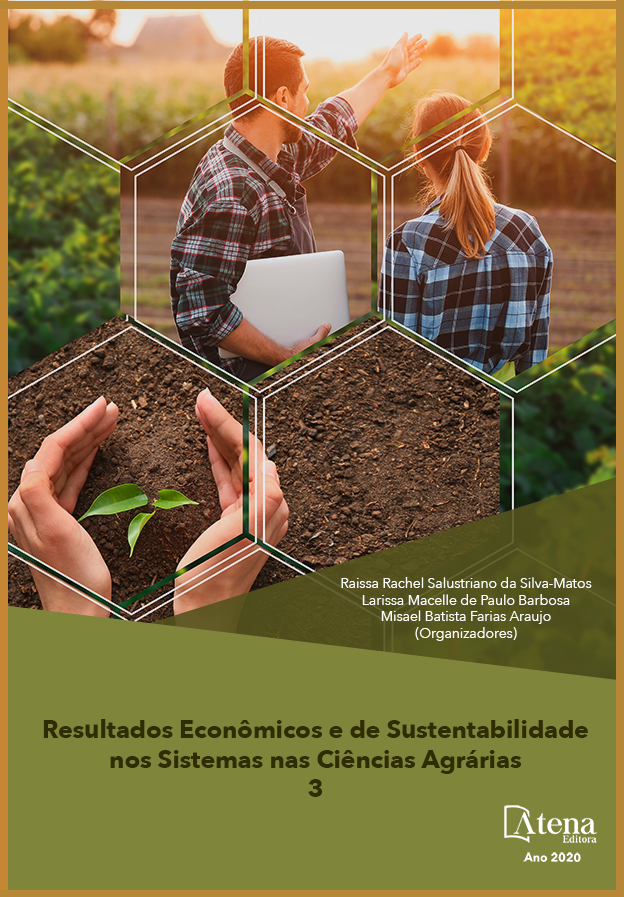
A CULTURA DO RABANETE E A IMPORTÂNCIA DA IRRIGAÇÃO: UMA REVISÃO
O rabanete pertence à família das Brassicaceaes, e esta cultura teve origem na Europa e é produzida em várias partes do mundo. Possui um elevado valor medicinal e é rico em vitaminas e outros antioxidantes A produção de hortaliças é uma área significativa para a economia agrícola brasileira, tendo em vista que há aumento no número de empregos e possui relevante contribuição para o PIB do agronegócio. Dentre estas se destaca o rabanete na qual a sua raiz é um bulbo comestível, que possui boa viabilidade econômica, devido ser uma cultura de ciclo curto que permite rápido retorno financeiro e a sua utilização na rotação de culturas de ciclo maiores. Caracterizado por ser uma cultura extremamente suscetível às mudanças de umidade no solo, o déficit ou excesso de água podem apresentar distúrbios fisiológicos, afetando a quantidade e qualidade da raiz do rabanete. Logo a água desempenha uma função necessária para o crescimento da planta, por isso a saber a quantidade ideal de água que a cultura necessita é fundamental para o cultivo em ambiente protegido, pois, o manejo inadequado da irrigação causa inviabilidade no processo de produção. As plantas submetidas ao estresse hídrico apresentam variações nos seus processos, que inibem o seu crescimento e desenvolvimento, sendo um precursor da redução da produtividade agrícola mundial, então elas desenvolvem estratégias para sobreviver ao déficit hídrico classificadas como escape, retardo e tolerância. Sendo assim, cada fator deve ser levado em consideração no momento do planejamento, para que os níveis produtivos sejam os melhores para a cultura.
A CULTURA DO RABANETE E A IMPORTÂNCIA DA IRRIGAÇÃO: UMA REVISÃO
-
DOI: 10.22533/at.ed.76820111214
-
Palavras-chave: Déficit hídrico, produção, Raphanus sativus L.
-
Keywords: deficit, production, Raphanus sativus L.
-
Abstract:
The radish belongs to the family of Brassicaceaes, being a very sensitive crop to the variations of humidity in the soil, in this way, the control of the water replacement, but the increase of the irrigation blade presents positive results until the maximum value. Vegetable production is a significant area for the Brazilian agricultural economy, considering that there is an increase in the number of jobs and has a relevant contribution to the agribusiness GDP. Among these, the radish stands out, in which its root is an edible bulb, which has good economic viability, due to its short cycle culture that allows a quick financial return and its use in the rotation of larger cycle cultures. Characterized by being a crop extremely susceptible to changes in soil moisture, the deficit or excess of water can present physiological disturbances, affecting the quantity and quality of the radish root. Therefore, water plays a necessary role for plant growth, so irrigation is a fundamental technique for cultivation in a protected environment, as its improper handling causes impracticability in the production process. Plants subjected to water stress present variations in their processes, which inhibit their growth and development, being a precursor to the reduction of agricultural productivity worldwide, so they develop strategies to survive the water deficit classified as escape, delay and tolerance. Therefore, each factor must be taken into account when planning, so that the production levels are the best for the culture.
-
Número de páginas: 16
- Analya Roberta Fernandes Oliveira
- Brenda Ellen Lima Rodrigues
- Klara Cunha de Meneses
- Ruslene dos Santos Souza
- Maryzélia Furtado de Farias
- Raissa Rachel Salustriano da Silva Matos


